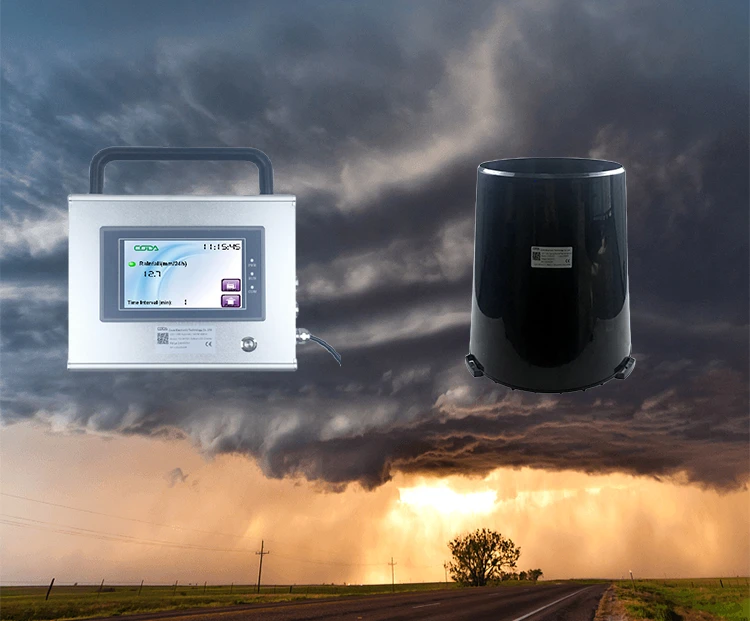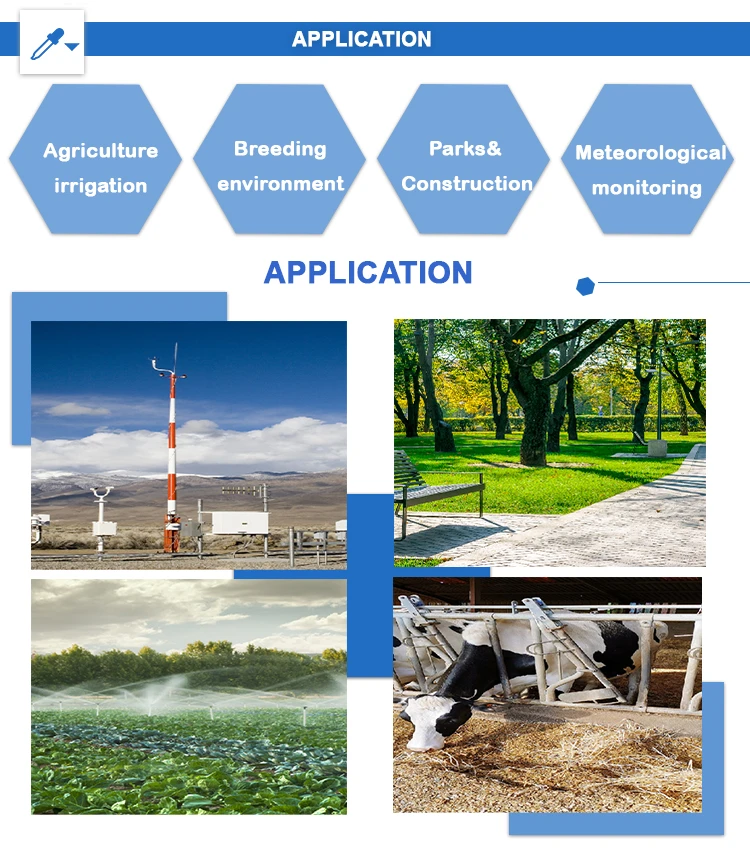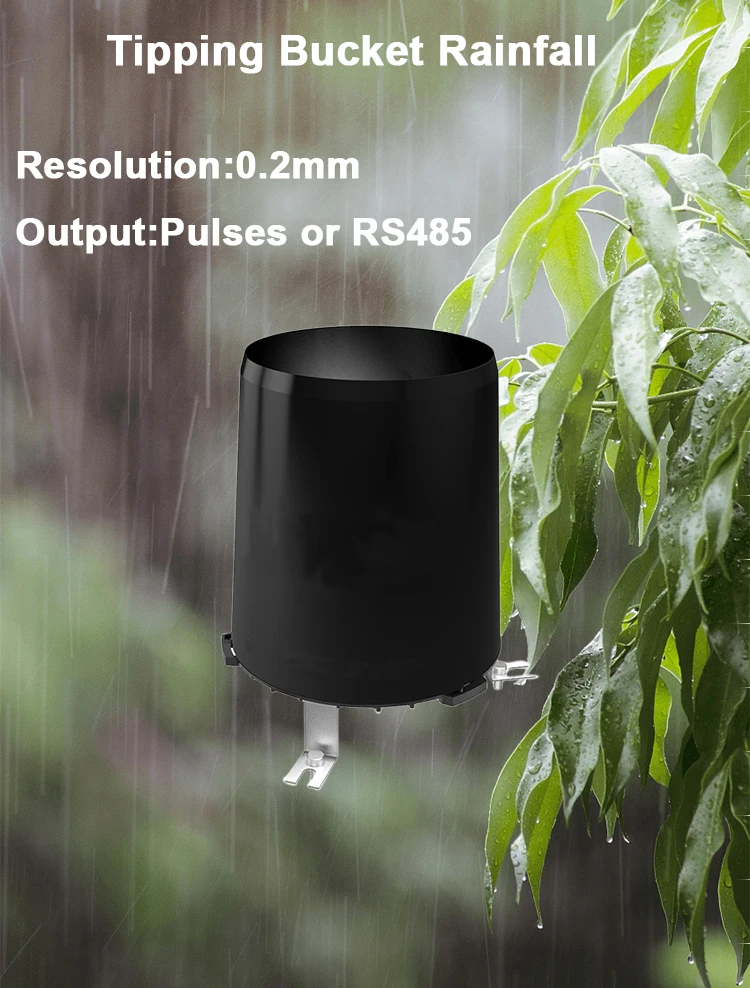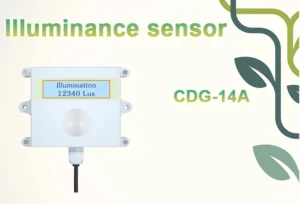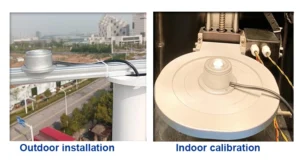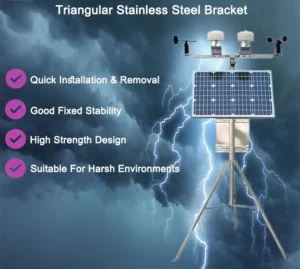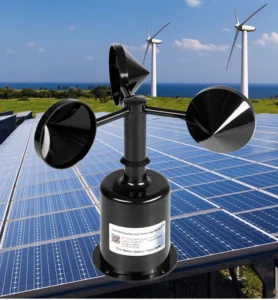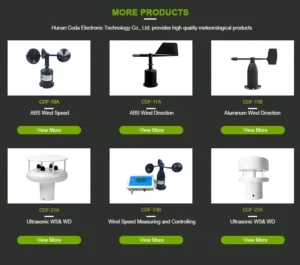Application of Automatic Rainfall Weather Stations During Peak Summer Agricultural Seasons
From mid-May to late June, my country has a busy time called the “three summers.” This period brings heavy rains and strong storms. North China and Northeast China see a lot of rain, thunderstorms, and farming activities. People need to take care during this time to protect farm workers and ensure farming goes well.During this period, Rainfall Weather Stations played an important role.
Understanding the “Three Summers”
The “three summers” refer to three important farming activities: summer harvest, summer planting, and summer management. These activities usually start in mid-May and end by late June. After the summer harvest, farmers prepare the land for planting summer corn or soybeans in places like Huanghuaihai. In southern areas, they focus on planting rice. Summer management means overseeing fieldwork for spring and summer crops to help them grow well.
Why Use an Automatic Rainfall Weather Station?
An automatic rainfall weather station gives accurate data to help farmers track weather patterns in real-time. This is very important during the “three summers,” which is the flood season. During this time, there are more intense weather events. Continuous rain can slow down wheat harvesting machines. It can also cause mature wheat and rapeseed to sprout too early, lowering yield and quality. Strong winds and heavy rain can lead to crop lodging. This makes harvesting harder, delays planting, and disrupts the best growing schedules.
The phrase “spring competes with the sun, summer competes with time” shows the urgency farmers feel. Knowing the weather in real-time helps farmers make quick changes to their planting and harvesting schedules. This ensures that important farming tasks are not delayed.
Features of the Automatic Rainfall Weather Station
The advanced automatic rainfall weather station is made to monitor outdoor rainfall. It gathers information on various factors. These include total rainfall, current rainfall, daily changes, wind speed, wind direction, temperature, and humidity. There are more factors as well. Built to withstand tough conditions like heavy rain or storms, the system keeps collecting data even in bad weather.
Key specifications and features include:
– Made with strong parts, including a 2.5-meter pole for stability in bad weather like strong winds or snow.
– The system is easy to install and needs no complex setup. It works right after installation.
– Two power sources. It uses main electricity first but switches to solar power during outages. The system includes a battery that works in a wide range of temperatures. This battery can provide up to three days of backup power. This allows it to run continuously in remote areas without regular power supply.
Advantages of the Automatic Rainfall Weather Station
1. **Precision Instruments**:
The rain gauge is made from 304 stainless steel. It can hold 200mm of water and meets national standards (GB/T 21978.2-2014 for measuring rain).
2. **Durable Wind Sensors**:
Low-resistance bearings in the wind speed and direction sensors ensure superior performance.
3. **Data Accessibility**:
Comes with a free default data storage card offering one year of complimentary access.
4. **Optimized Design**:
A U-shaped pole minimizes device interference, enhancing operational accuracy.
5. **Customizable Components**:
Sensor elements can be tailored based on specific field requirements for more precise measurements.
6. **Easy Connection**:
It uses GPRS/4G technology. This allows it to send real-time data. The data goes to a free environmental monitoring cloud platform and app. Users can log in anytime with their own credentials to see live updates on weather conditions.
7. **Versatility in Applications**:
This technology is useful for many things. It can be used in farming. Helps prevent forest fires. It also monitors flash floods in areas without main power.
Supporting Farmers During the “Three Summers”
The overlap of summer activities with the rainy season creates challenges. These include delayed harvests and disrupted planting schedules. Farmers can use automatic rainfall weather stations to help. These stations let farmers monitor important weather factors. They can track rainfall, temperature, humidity, wind speed, atmospheric pressure, and wind direction.
The stations send real-time data to cloud platforms for analysis. This helps farmers make better decisions about their schedules. This technology allows farmers to improve their work during important times like harvests and planting. It also supports stable food production for the second half of the year.
Powered by automatic weather monitoring systems, timely insights can help agriculture better withstand unpredictable weather, ensuring higher yields and smoother farming during critical seasons.
In today’s world, utilizing advanced technologies in environmental monitoring systems has become increasingly common. The quality of these systems plays a crucial role in determining production efficiency.
Discover innovative sensor solutions at Coda Sensors! Explore insightful reviews of our latest OEM sensor offerings on our website. We’re dedicated to building mutually beneficial partnerships.
This technology is essential for effective environmental monitoring systems. Underestimating it may lead to higher long-term costs—don’t miss the opportunity to leverage it.
By prioritizing an ethical supply chain, Hunan Coda Electronic Tech Co., Ltd. establishes itself as a trusted partner for a motivated and loyal customer base.
If you’re looking for support with OEM sensor solutions, Hunan Coda Electronic Tech Co., Ltd is here to assist. We offer best-in-class products, designs, and services to help you create the perfect solution tailored to your needs.
